Week 13: Tailor


This is an opportunity to showcase a tailor from your family tree, you might want to offer a short biography and speak about their work eg
Name
Birth location/date
Family background
Where you've found them on the census
Their workplace/employer
Any tips on researching this occupation?
[Nest week: Framework knitter/seamer]


This is an opportunity to showcase a tailor from your family tree, you might want to offer a short biography and speak about their work eg
Name
Birth location/date
Family background
Where you've found them on the census
Their workplace/employer
Any tips on researching this occupation?
[Nest week: Framework knitter/seamer]



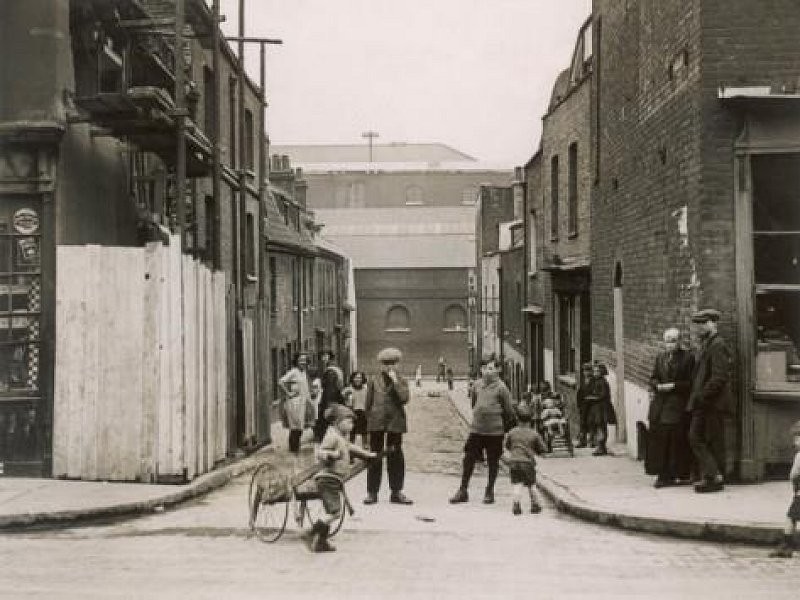
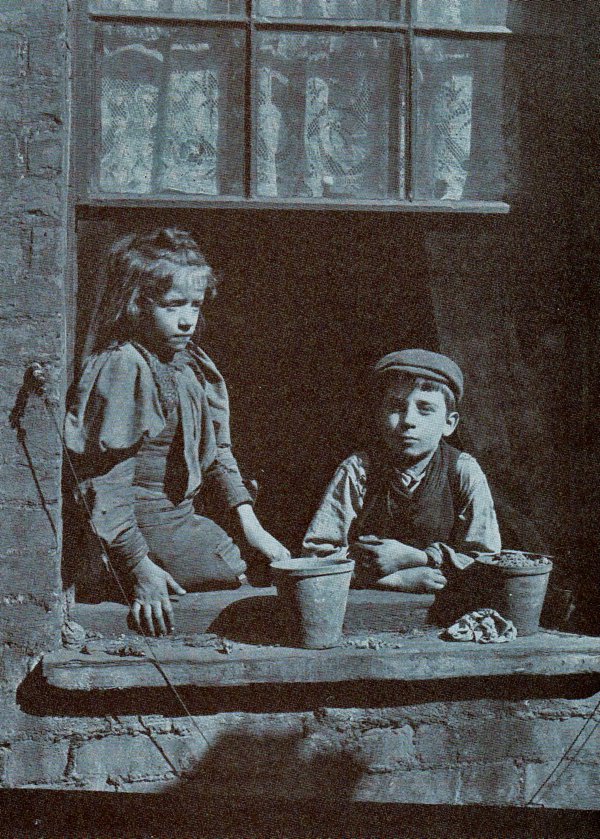

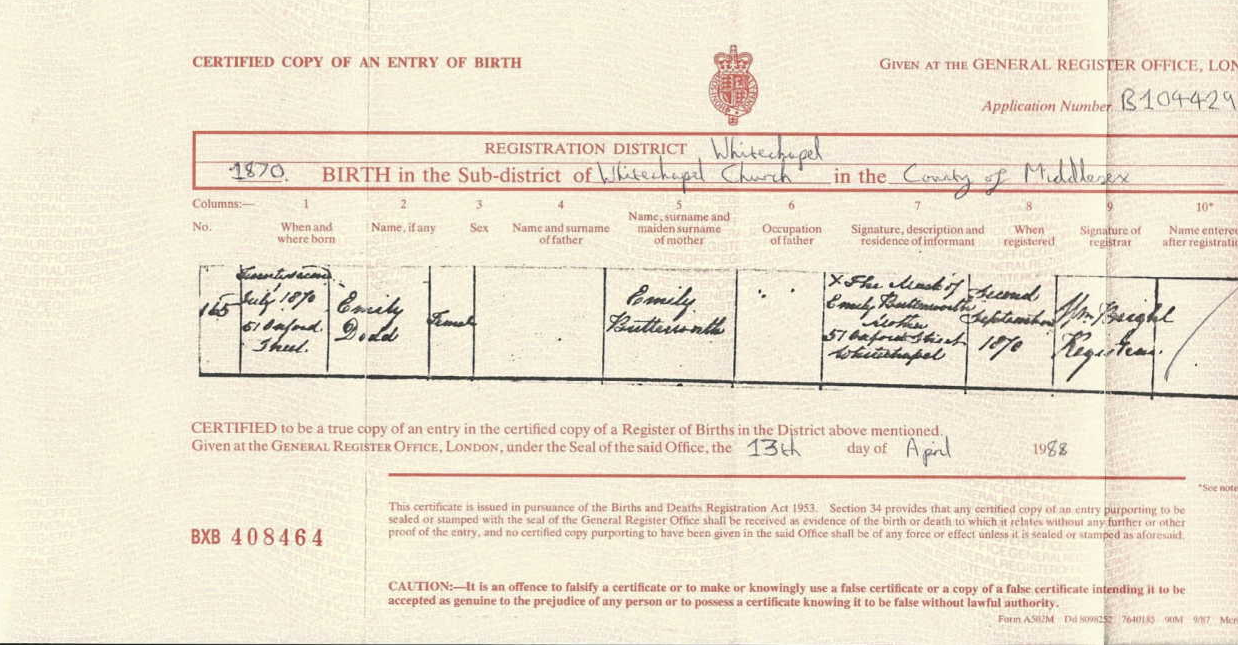
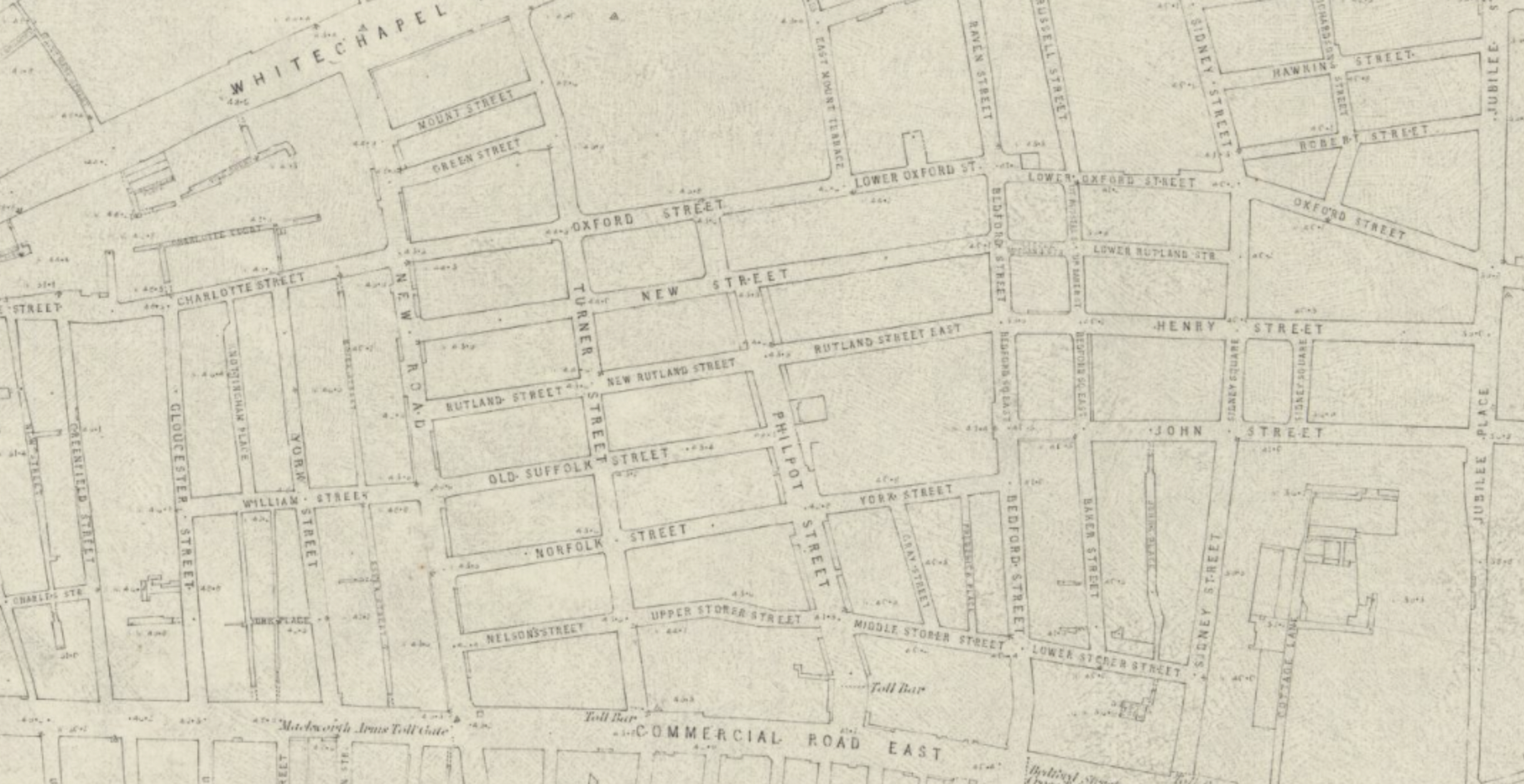

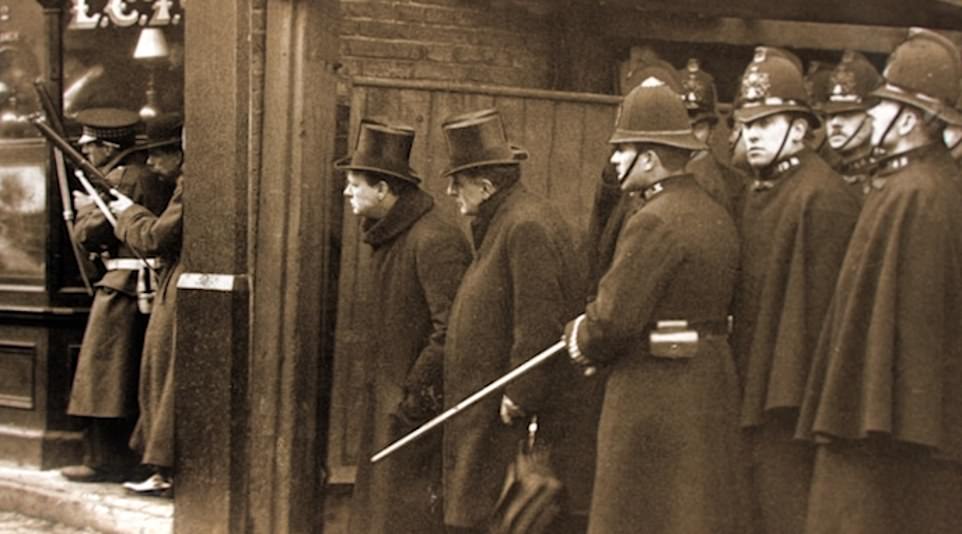
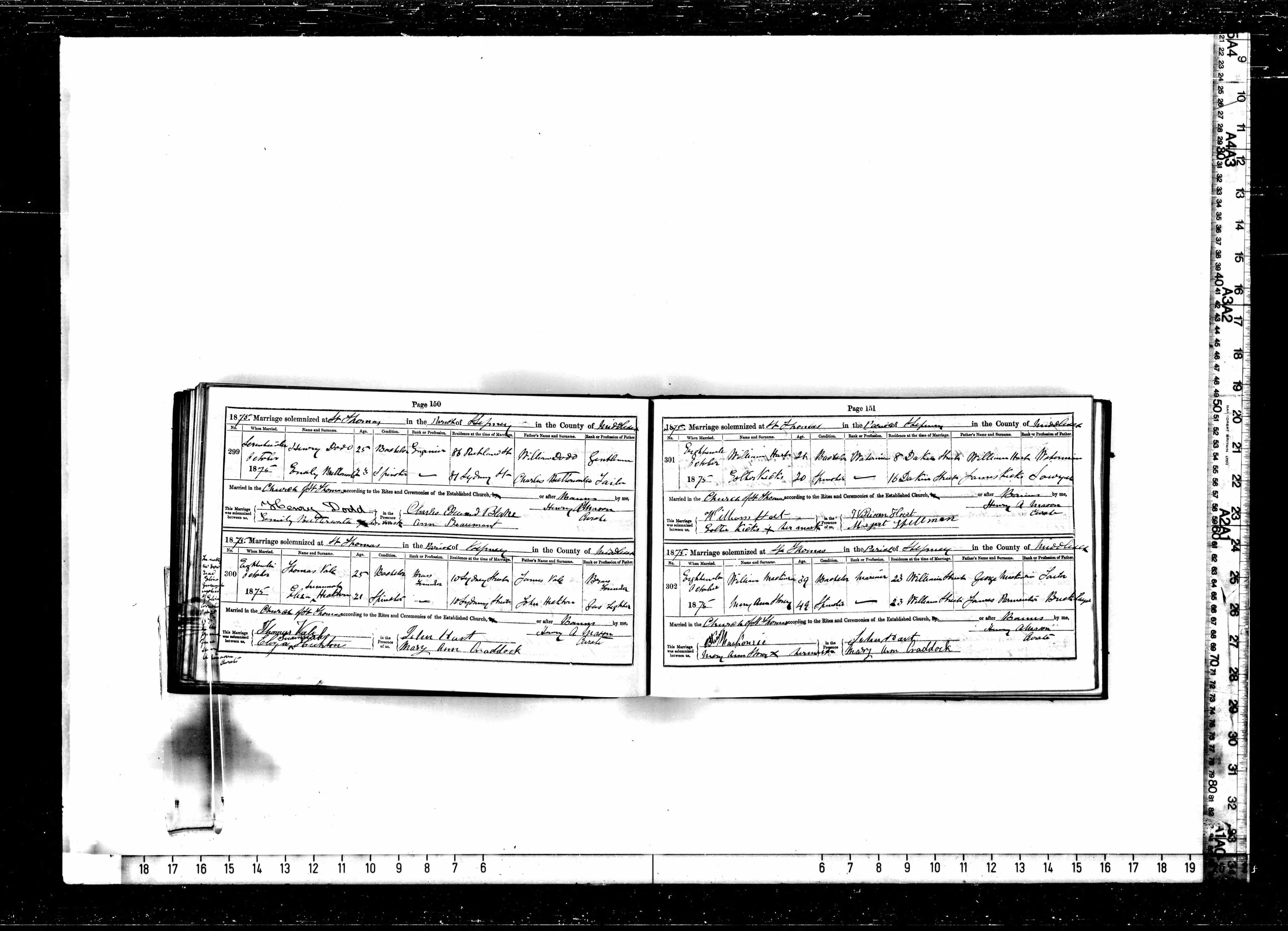

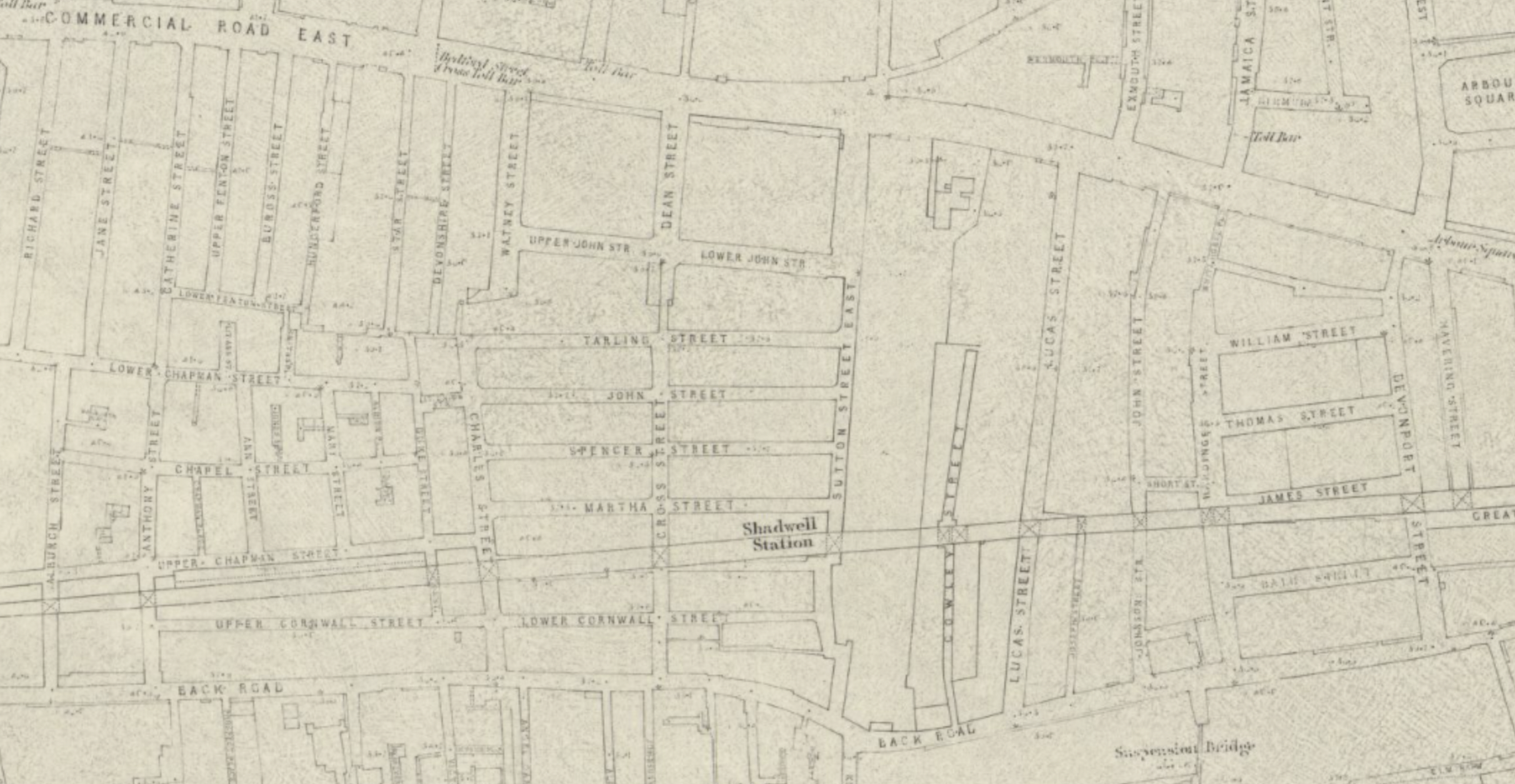


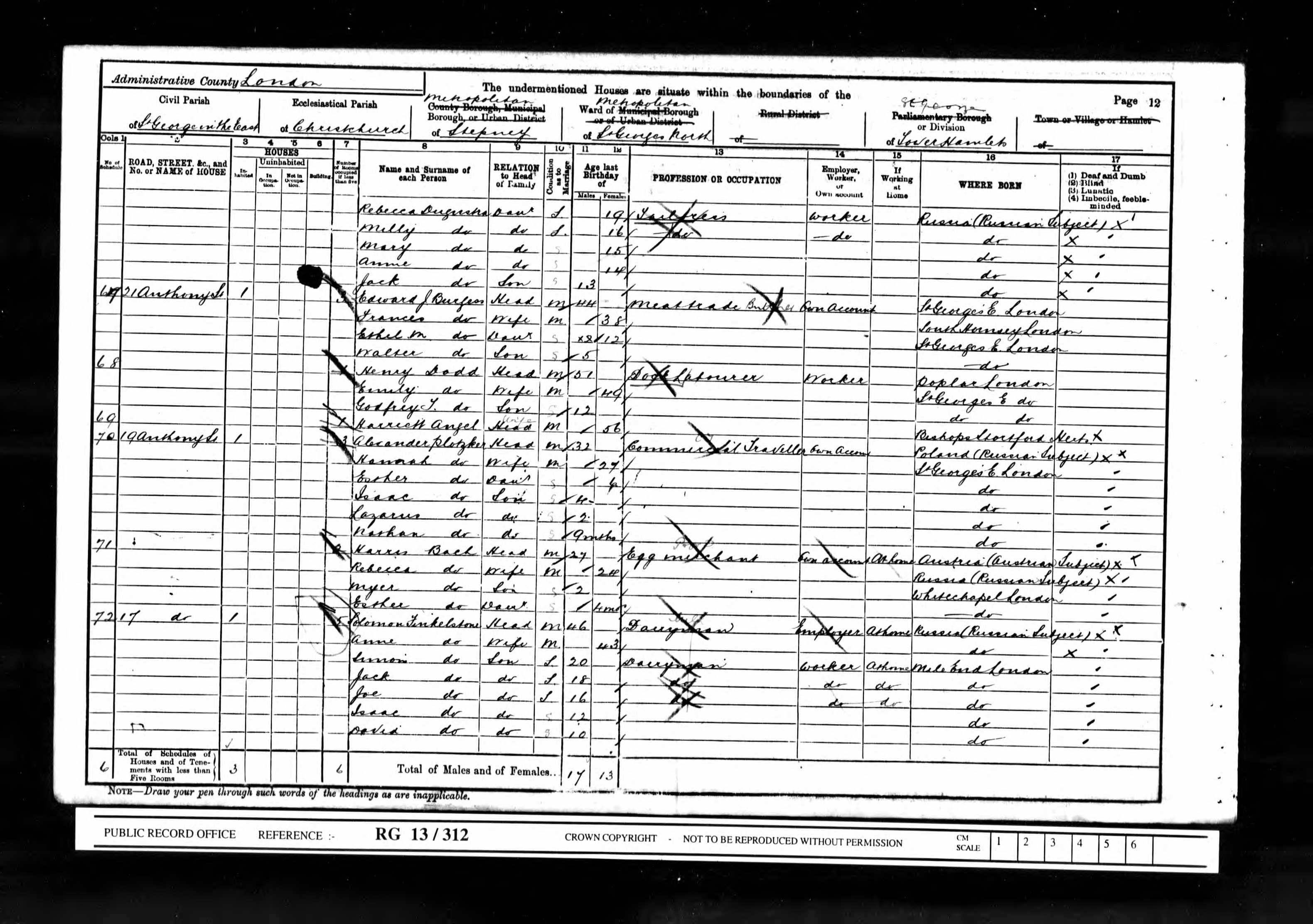 (Class: RG13; Piece: 312; Folio: 41; Page: 12)
(Class: RG13; Piece: 312; Folio: 41; Page: 12)
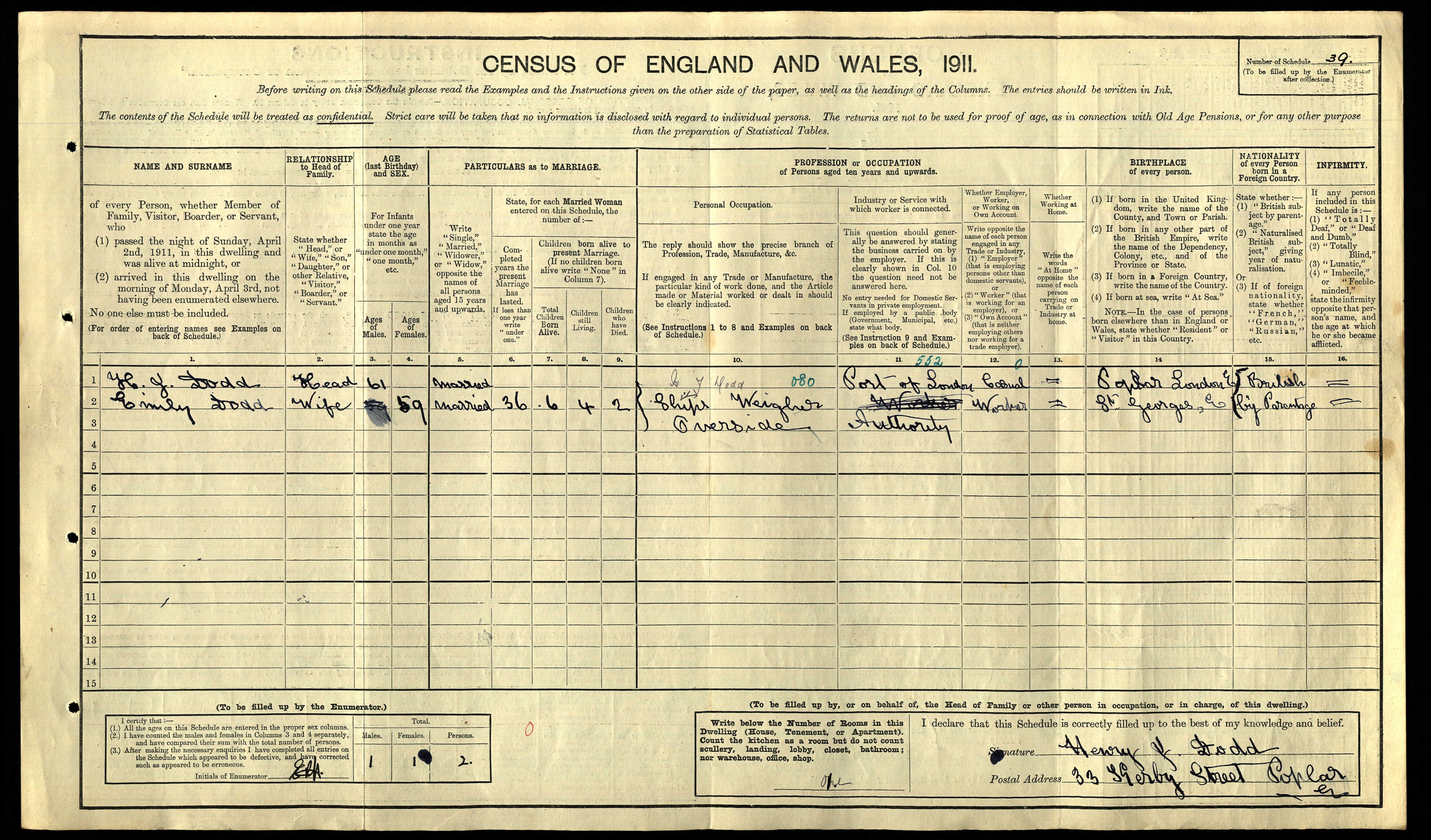
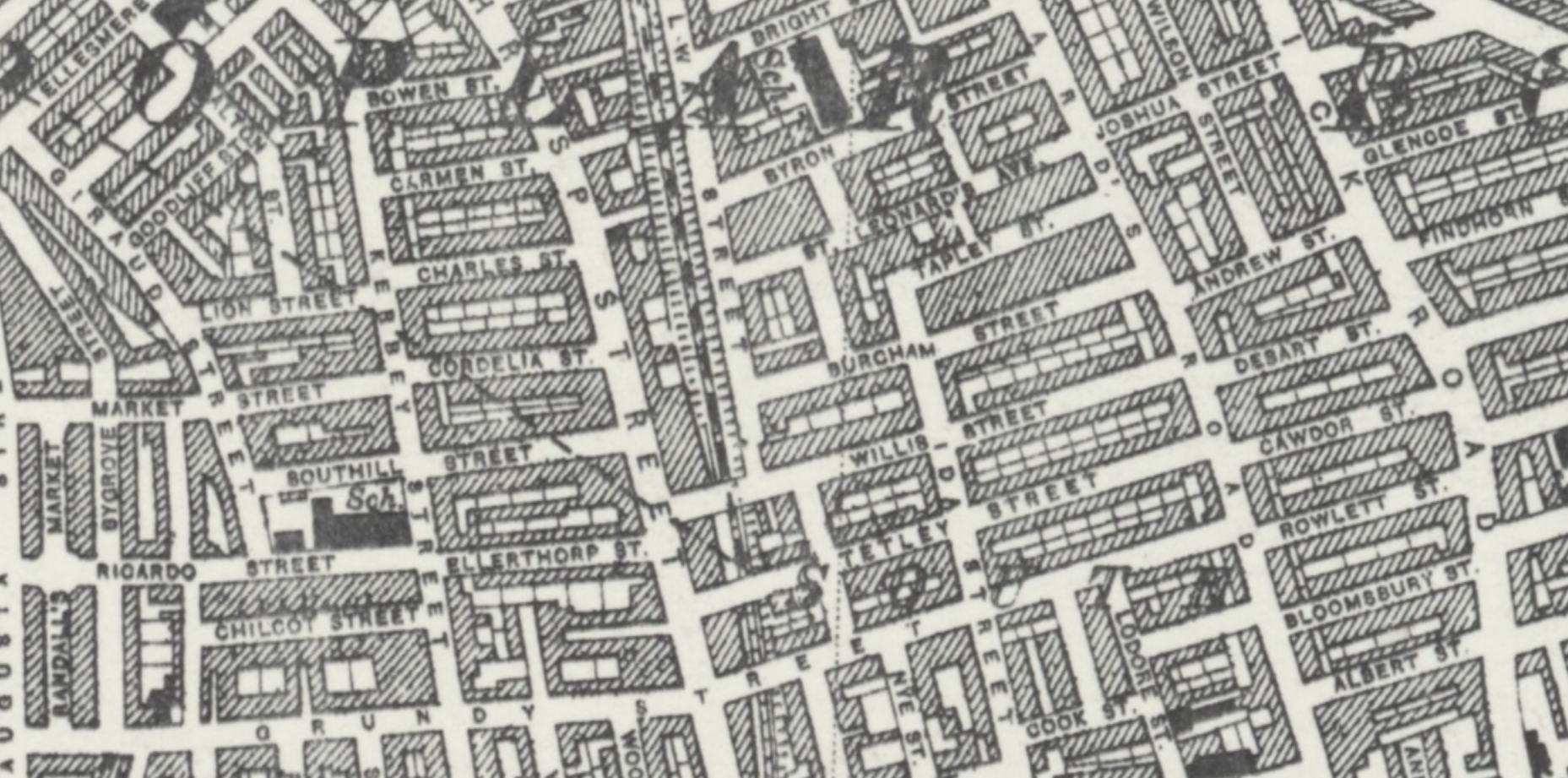



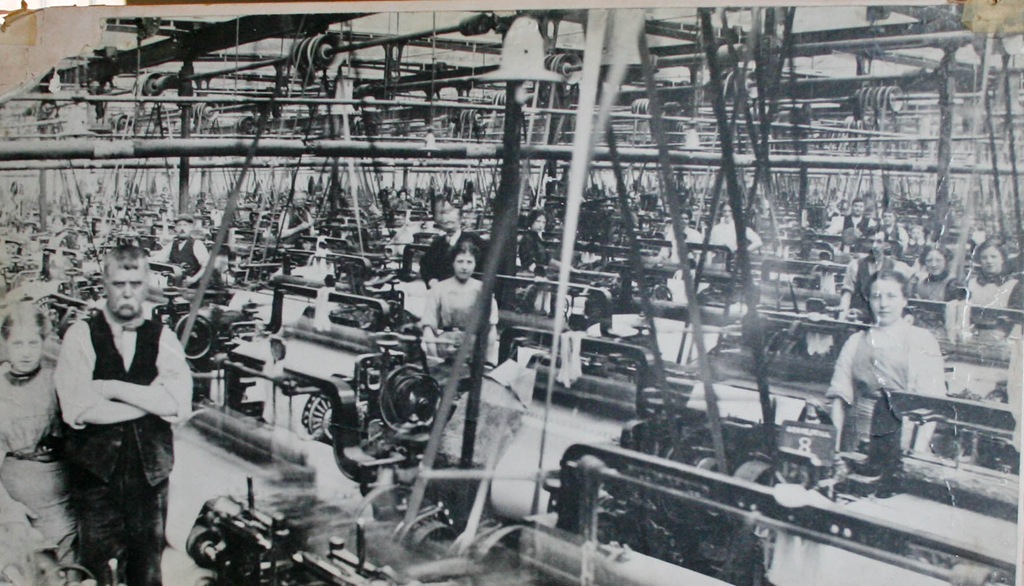


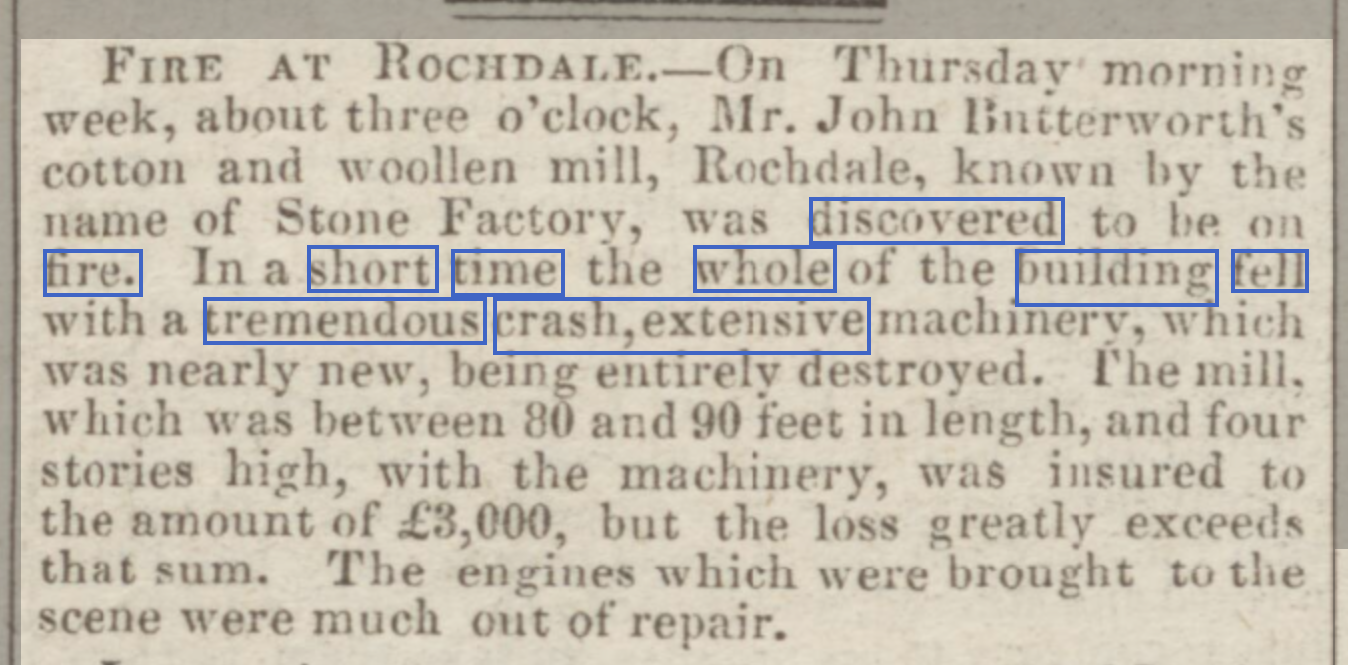
Comment